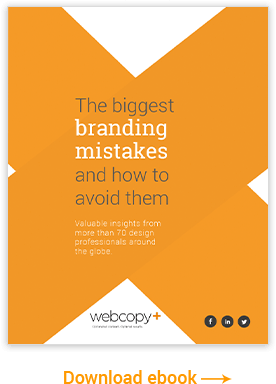Few would argue the Internet has changed how we live and work. More than one billion people rely on it globally, and more are jumping onboard daily.
What’s especially interesting is that the demographics are expanding. For instance, a recent Pew Internet study revealed broadband usage among adults ages 65 or older grew from 19% in May, 2008 to 30% in April, 2009. Moreover, two groups of low-income Americans saw strong broadband growth from 2008 to 2009.
Web designers, developers and copywriters should take note as these trends could impact how websites should look and function, and what messages should be conveyed. For example, retirement homes often gear their web content toward sons and daughters of mature parents. However, if more mature people are surfing and spending time on the Web, it might be more effective to speak directly to the retirees or potential guests.
The study also revealed Americans value the Internet more than TVs or cell phones. Believe it. Even during the economic recession, more than twice as many respondents said they had cut back or cancelled a cell phone plan or cable TV service versus Internet service.
More and more people are realizing the Internet connects and empowers. And the smart businesses are making the most of this long-term and lucrative trend.








